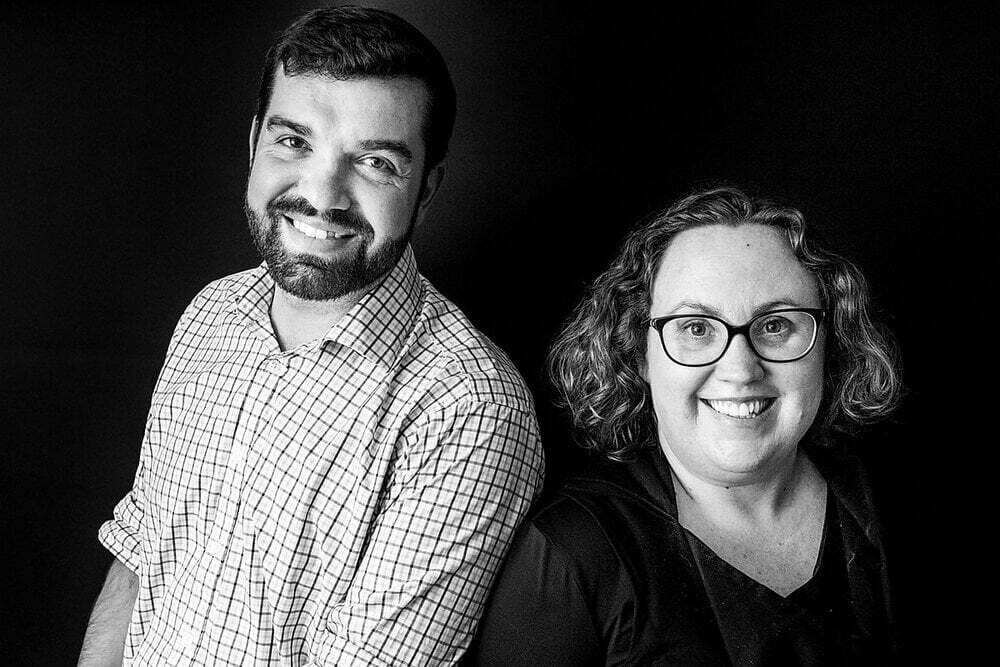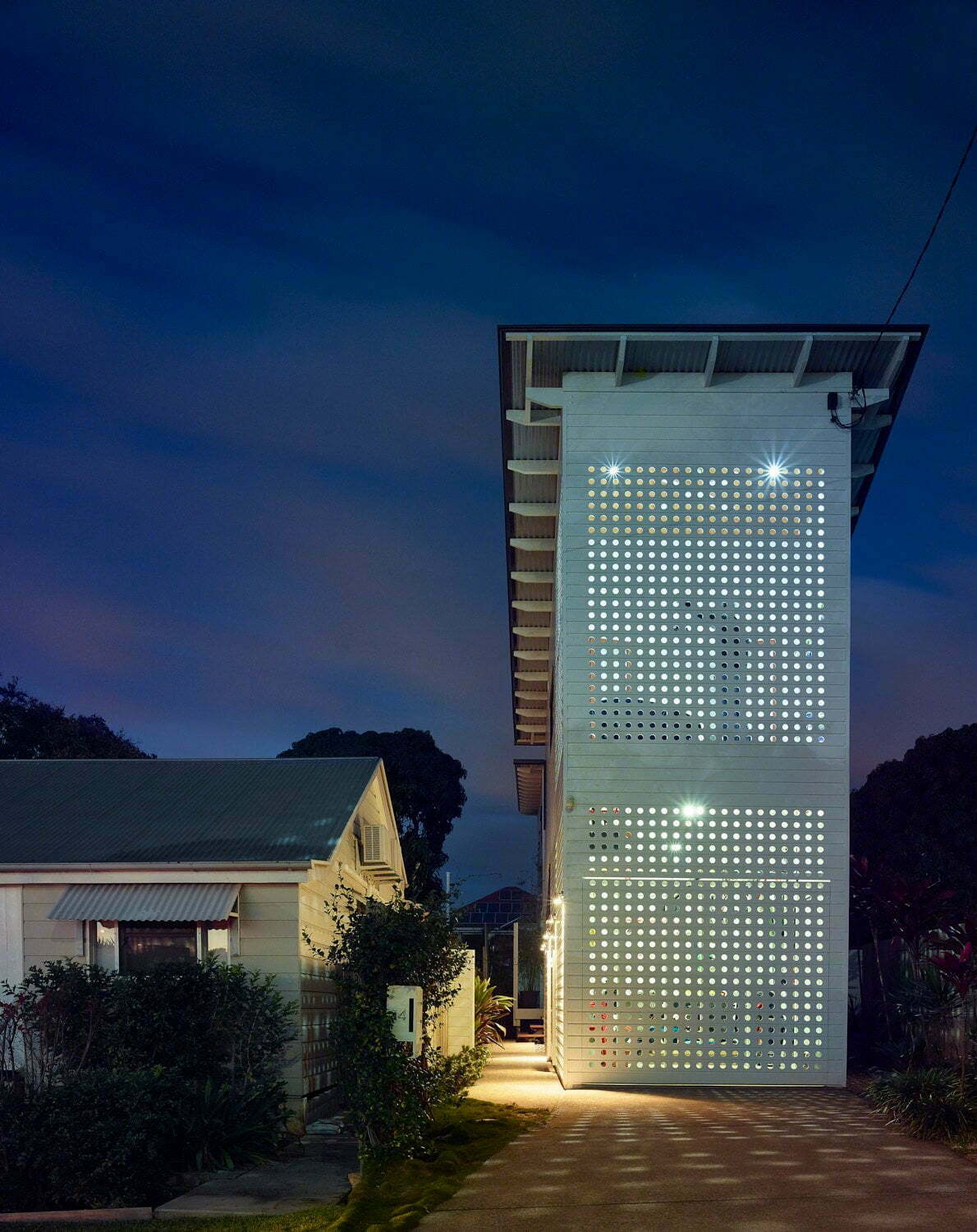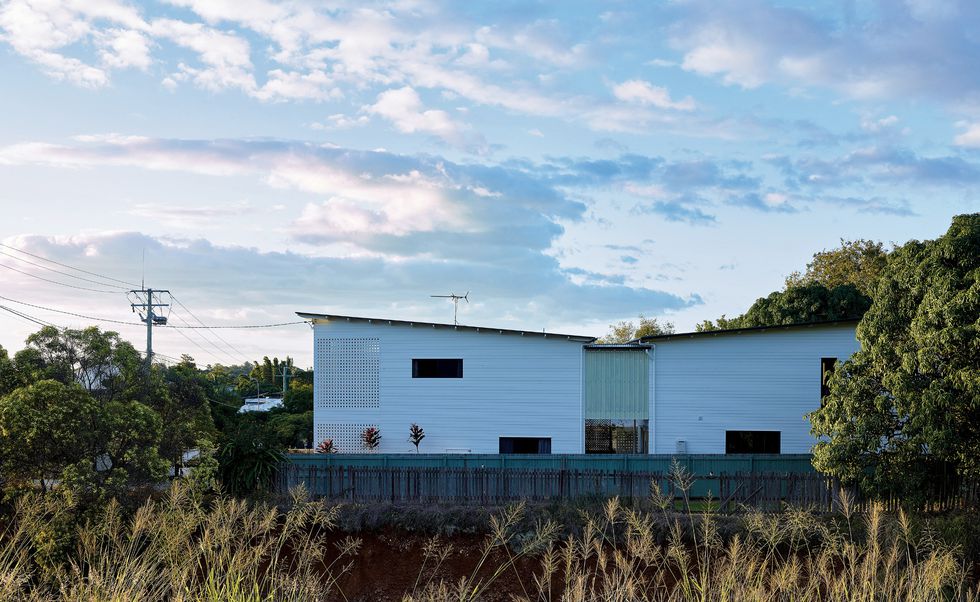Engaging with the media can have its ups and downs. Rachael Bernstone draws out some interesting insights and advice from Kirsty Volz about talking about architecture in the media.

David Toussaint and Kirsty Volz have been on a steep learning curve with media engagement.
For architects, talking to journalists about design issues and projects can be hard, especially if you haven’t had any media training and feel daunted by the prospect, or worried about being misquoted or misrepresented.
It can also be difficult to know what to focus on, when design issues and projects are expansive and complex; or to skilfully steer the conversation back to your key points if the journalist takes you off-track.
It’s extremely important though – now more than ever before – to front the media, and to participate in stories in newspapers, radio and even on television – to explain the benefits of good design to a wider audience.
There are many built environment issues that architects can provide insight and clarity on, including building back better after bushfires; grappling with climate emergency; social and affordable housing; energy efficiency, health and comfort in homes and workplaces… there are so many topics where architects could be more vocal about their skills and expertise.
That’s why I spoke with Kirsty Volz in the following Live Q&A, just after she appeared on ABC Radio in Melbourne to discuss Flexible Housing, which relates to her PhD topic and her own practice (Toussaint and Volz, which she runs with her life/work partner David Toussaint).
Media engagement 101: what could possibly go wrong?
Kirsty and David’s first experience with mainstream media occurred when they published their own home, an innovative design for a leftover site in Brisbane’s Clayfield. They initially spoke with a trusted journalist at their local paper, but awoke days later to find a Channel 9 crew outside their home, preparing to film a television news story.
Kirsty and David agreed to participate, but were surprised at the focus. The subsequent clickbait-style headline on the Courier Mail read: “Is this Queensland’s weirdest house?”, and the level of vitriol on online comments after the story ran in multiple outlets across the country.
Putting a stop to negative coverage
The couple was then approached by Channel 9’s Sunrise to appear on breakfast television, but they declined that interview request, and pulled back from media exposure.
“Our values didn’t really align with that particular television show, so we weren’t keen to be involved with them,” Kirsty says. “And they were really insidious. They actually went to UQ, where I’m doing my doctorate, and they went sort of chasing them about me doing the story, and UQ started putting pressure on me to do it as well, because universities love that kind of exposure, even though it had nothing to do with my research. So you feel a lot of pressure to do that stuff.
“I struggled to say no to them, and in the end Dave was very direct with them saying, ‘No, we’re not doing that’,” she recalls. “So it kind of all halted as quickly as it took off. We just kind of put a pause on it all.”

Kirsty and David’s own home in Clayfield, Queensland. Photo: Scott Burrows.
Starting to reframe the story in a positive way
A few months later, Kirsty wrote a conference paper about their house project, which gave her time to reframe the story for the public domain.
“That idea of reflexive or reflective practice was really brought home to me, even reflecting on the stuff that we got wrong,” Kirsty says. “That was really valuable, and I would encourage every architect to sit down and write; to go through some process of reflecting on each project.”
“Then you can start to think about ‘What is the narrative around this project?’ and take the time to make it coherent, and to have an argument, or a position.”
The length of the conference paper also helped Kirsty to reframe the story in laymen’s terms, she says. “We can get a bit dark in our own language and so having that longer format – where you’ve got to carry through an idea over 3000 words, and it needs to have a thread or an argument – once I had that in place, I was able to write a lot more about it.
“We got beyond the conversation of what the house looked like, and talked more about how it functions.”
Revisiting the media, with a plan in place
After delivering the paper, Kirsty submitted an essay to The Conversation. “That almost reinvented the whole narrative around it,” she says. “It’s a shame that we don’t have a simple platform for professionals like The Conversation is for academics; somewhere for experts in various fields – architects, engineers and people like that – to write articles for the media”.
Kirsty also enjoyed the ability to situate the project in a wider context, and to reference other similar projects.
“It was about exploring how our project related to those, and the profession more broadly,” she says. “I found that if you’re coming from a position of promoting the role of architects, you have a lot more to talk about, and promoting the role of architects doesn’t disadvantage your own practice.”

Two Pavilions House by Toussaint and Volz. Photo: Scott Burrows.
Taking the story wider, in a controlled way
The story has now appeared in several media outlets, and Kirsty has spoken on ABC Brisbane, Adelaide, Melbourne and another radio station on Sydney.
“Every time, I’m talking about the work of architects and the role of architects and these design-led solutions to issues around housing affordability, and around the lack of housing diversity etc.
“And after every media appearance, I still get phone calls from potential clients, although translating that into paid work is another story!” she says. “But we still get that interest in our practice.”
Why architects should try and engage with mainstream media
Kirsty believes that more architects should participate in the media and discuss a range of diverse issues, choosing topics that concern both the broader community and the profession.
“To engage with mainstream media in a positive way, it has to be not about yourself or your own work or a particular project, but about something bigger,” she says. “I’ve been talking about flexibility and adaptability in housing, which is a bigger theme that draws people in, and then I just happen to talk about some examples of architecture. So you’ve got to come from a position that’s outside of the discipline, I guess.”
What can other architects learn from Kirsty’s experiences?
Despite her negative first experience with mainstream media, Kirsty has worked out how to use the media in a positive way.
“I’ve learned a lot over the last year or so, about crafting conversations and having talking points prepared,” she says. “It’s important not to let the conversation go to territory where it could be divisive – such as whether a house is good or bad – but instead to make it about something much bigger than that.”
I told Kirsty I thought she was very brave to persevere with the media after being “door stopped” by the Channel 9 crew – and unfairly portrayed on television and in newspapers afterwards – and asked if she’d had any media training or mentoring?
“No, and I think – as INXS would say – I’ve learned by ‘kissing the dust’ after that first experience of losing control of the story,” she says. “It wasn’t terrible; we were not in tears collapsed on the floor, but we were like, ‘Wow, people are really struggling with our house; they either hated it or loved it, and there’s a lot of hate!’”
She also mentioned the Top 5 Humanities Media Residency Fellowships for early-career PhDs – offered by the ABC and Sydney University – which aim to help creative thinkers become future thought leaders. The fellowships for 2022 were awarded earlier in the year, but you can find out more about the annual program here.
“It would be really fantastic to see at least one person from architecture get into that program,” Kirsty says, “because I feel like we need to be much better in terms of how we communicate our values.
“I think there is a little bit too much guardedness about the guild of architecture,” she says. “And within the profession, there are self-imposed limitations on what we do and what we’re involved with. I think if everyone sat back and reflected on all the different things they do – as a design process – they would find that actually those skills can be transferred to lots of different problems.”
She referred to a panel she participated in around ‘Design for Disaster’, hosted by the Design Institute of Australia. “The discussion was about the fact that it’s not always about hard infrastructure, but it’s about designers being able to help communities to collaborate; to go through a kind of process where we can communicate; and get together and offer this sort of support and solutions,” she says.
“There is a broader offering that we can make as architects, and we just need to be able to communicate that a little bit more clearly, I think.”
Rachael Bernstone is the founder of Sounds like Design. She is a journalist, a communications advisor to architects and an advocate for good design. This article was originally published on the Sounds like Design website and has been republished with permission.
Kirsty Volz is a lecturer in architecture at the Queensland University of Technology and co-director of design and architecture practice Toussaint and Volz.


















